
Books — Livres rares et Manuscrits, incluant une sélection de la bibliothèque de la famille Rothschild
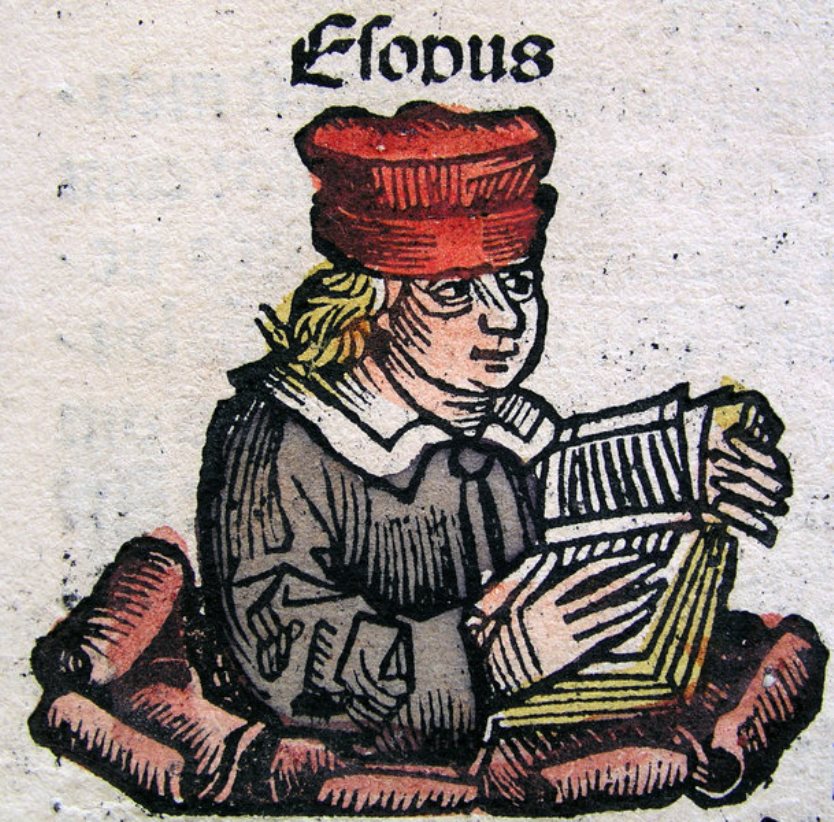
Hartmann Schedel was a German humanist, medical scientist, historian and chronicler.
Schedel was the first to compile a world chronicle, the so-called Visual History of the Earth from the Creation of the World to the 1490s, known as Schedelsche Weltchronik (Schedel's World Chronicle). It was published in 1493 in Nuremberg. About 600 woodcuts for this book were created by the artists and engravers Michael Wolgemuth (1434-1519) and Albrecht Dürer (1471-1528). The illustrations depict biblical scenes, family trees, portraits of famous personalities, and fairy tale or legendary creatures. However, the main ones here were maps of the world, Germany and Central Europe.
Hartmann Schedel was one of the first cartographers to use machine printing. He was also a renowned collector of books, artworks and engravings by old masters.
Odoardo Fialetti was an Italian painter and printmaker who began his training during the late Renaissance, and showed distinct mannerist sensibilities in his mid-career, adopting a much looser and more dynamic style in his later life.
Born in Bologna, he initially apprenticed with Giovanni Battista Cremonini, and after traveling to Rome, he moved to Venice to work in the elderly Tintoretto's studio.
From 1604 to 1612, he is listed as member of the Venetian Fraglia dei Pittori. In Venice, he painted a St Agnes for the church of San Nicolò da Tolentino and scenes from the Life of St Dominic for the sacristy of the Santi Giovanni e Paolo.
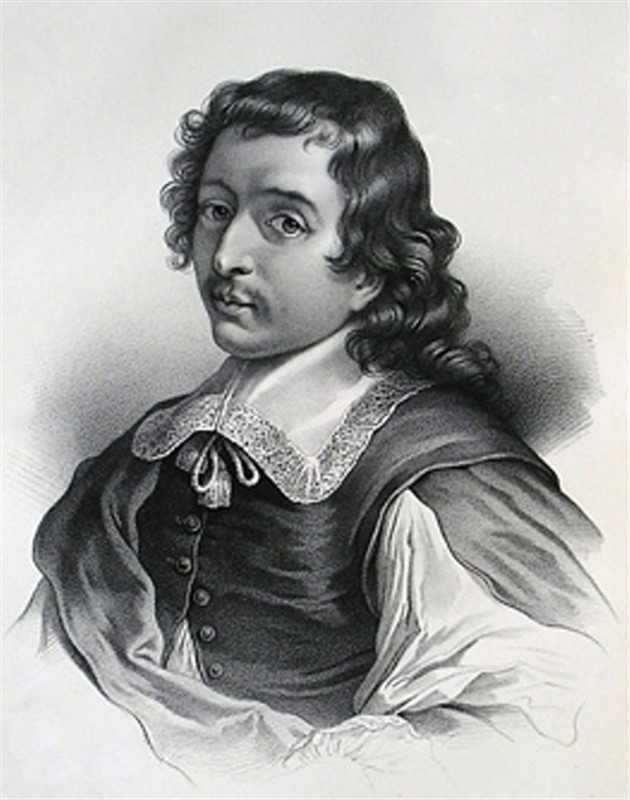
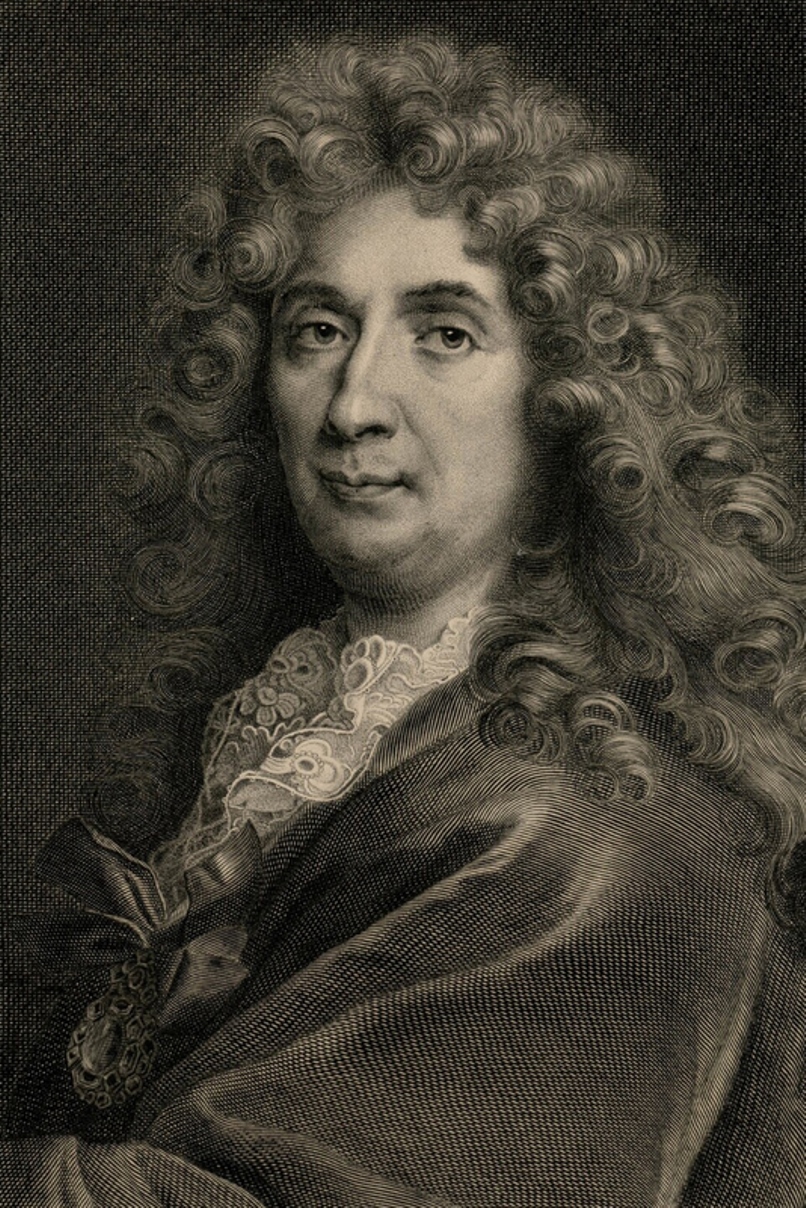
Charles Le Brun was a French painter, draftsman and chief decorator of the Palace of Versailles.
Charles came from an educated and respected family, trained in painting in Italy and very soon his talents were appreciated in the highest circles of France. In 1660 Le Brun painted "The Family of Darius before Alexander", which brought him the reputation of a brilliant French painter, and in 1664 he received the position of the first painter of the king. Thereafter he received more and more commissions and more honors.
From 1662 Le Brun controlled all the artistic projects of the royal court. In the Palace of Versailles, Lebrun created beautiful decorations: the Ambassadors' Staircase, the Hall of Mirrors, the Peace Room and the War Room. In each of his designs, he emphasized the king's achievements. He was also responsible for the decoration of the State Apartments, which was entrusted to the greatest artists of the time, who worked from his drawings. Le Brun also designed most of the statues in the park at Versailles. This enormous work cemented his reputation as a true seventeenth-century genius, as well as one of the founders, ideologues, and chief representatives of the classicist "grand style" of King Louis XIV's era.
In 1648 Le Brun became a founding member of the Royal Academy of Painting and Sculpture, and in 1663 - the manager of the Manufacture of tapestries.
Charles Le Brun was not only the creator of the "grand style", but also contributed to the rebirth of classicism into academism.
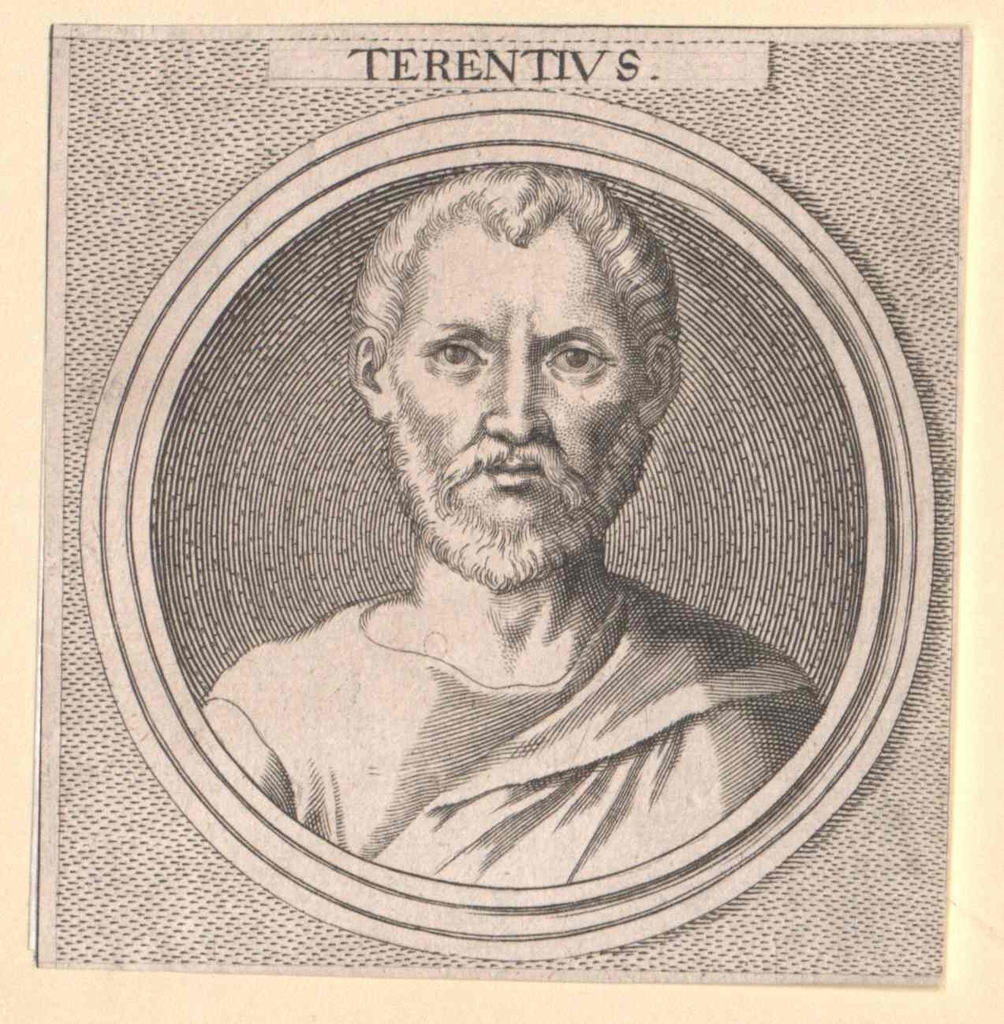
Publius Terentius Afer, better known in English as Terence, was a Roman African playwright during the Roman Republic. His comedies were performed for the first time around 166–160 BC. Terentius Lucanus, a Roman senator, brought Terence to Rome as a slave, educated him and later on, impressed by his abilities, freed him. It is thought that Terence abruptly died, around the age of 25, likely in Greece or on his way back to Rome, due to shipwreck or disease. He was supposedly on his way to explore and find inspiration for his comedies. His plays were heavily used to learn to speak and write in Latin during the Middle Ages and Renaissance Period, and in some instances were imitated by William Shakespeare.


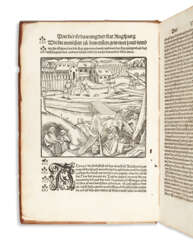



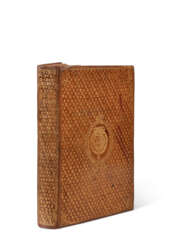

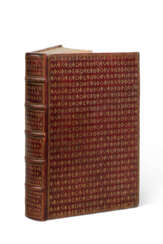

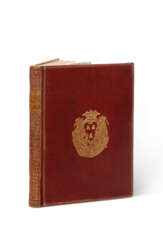

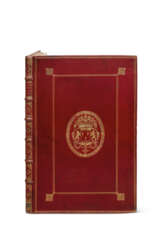

![[VERSAILLES]](/assets/image/picture_3567181/12321/88600636eca47f14d261db869247eb0a1700607600jpg__fix_374_244.jpeg)
![[VERSAILLES]](https://veryimportantlot.com/assets/image/picture_3567181/12321/88600636eca47f14d261db869247eb0a1700607600jpg__fix_374_244.jpeg)
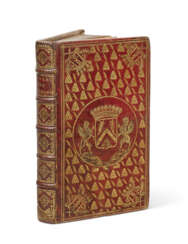

![[CABINET DU ROI]](/assets/image/picture_3567001/eeeaa/a2af7f591966e5c966d0247029a46b0e1700607600jpg__fix_374_244.jpeg)
![[CABINET DU ROI]](https://veryimportantlot.com/assets/image/picture_3567001/eeeaa/a2af7f591966e5c966d0247029a46b0e1700607600jpg__fix_374_244.jpeg)
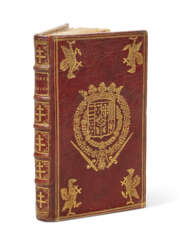

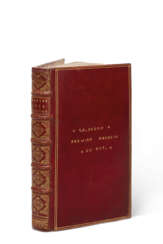

![[PAMPHLETS]](/assets/image/picture_3566929/2067f/c5078f744d7e603c448695d945b55c521700607600jpg__fix_374_244.jpeg)
![[PAMPHLETS]](https://veryimportantlot.com/assets/image/picture_3566929/2067f/c5078f744d7e603c448695d945b55c521700607600jpg__fix_374_244.jpeg)
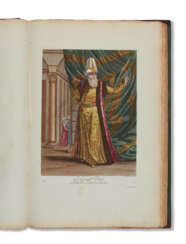

![[COTTAGE BINDING] NEWTON, James, Esq.](/assets/image/picture_3601235/94ae9/uabp9nl3gybemunzva0ani4ce-yhzdwnmsu8mrmgg5tqton6ytgdtumxrfv4mo1700203606jpg__fix_374_244.jpeg)
![[COTTAGE BINDING] NEWTON, James, Esq.](https://veryimportantlot.com/assets/image/picture_3601235/94ae9/uabp9nl3gybemunzva0ani4ce-yhzdwnmsu8mrmgg5tqton6ytgdtumxrfv4mo1700203606jpg__fix_374_244.jpeg)
![BONNART, Robert (1652-1730) [et Nicolas Racot de GRANDVAL (1676-1753)]](/assets/image/picture_3601237/f74a3/107in9cm9vsx7a2ldmhmm4uqflijrmrjdkhscgroklhwfki9hhwsgngvwmbjs341700203629jpg__fix_374_244.jpeg)
![BONNART, Robert (1652-1730) [et Nicolas Racot de GRANDVAL (1676-1753)]](https://veryimportantlot.com/assets/image/picture_3601237/f74a3/107in9cm9vsx7a2ldmhmm4uqflijrmrjdkhscgroklhwfki9hhwsgngvwmbjs341700203629jpg__fix_374_244.jpeg)
![[CABINET DU ROI]](/assets/image/picture_3567103/020e0/22d2c3647d000a76f4f19c2d796177361700607600jpg__fix_374_244.jpeg)
![[CABINET DU ROI]](https://veryimportantlot.com/assets/image/picture_3567103/020e0/22d2c3647d000a76f4f19c2d796177361700607600jpg__fix_374_244.jpeg)
![[CABINET DU ROI]](/assets/image/picture_3566952/29da4/fb231fa3112a5ab8e44a4c50ebdcaa131700607600jpg__fix_374_244.jpeg)
![[CABINET DU ROI]](https://veryimportantlot.com/assets/image/picture_3566952/29da4/fb231fa3112a5ab8e44a4c50ebdcaa131700607600jpg__fix_374_244.jpeg)
![[VILLE DE PARIS] BEAUMONT, Pierre-François (1719?-1769?)](/assets/image/picture_3601246/a401f/jljubzz5n-tjfrqcv6tdwz432yct3j9frmit1ygmenryxvknzm3tbrbtbvnymvl1700203694jpg__fix_374_244.jpeg)
![[VILLE DE PARIS] BEAUMONT, Pierre-François (1719?-1769?)](https://veryimportantlot.com/assets/image/picture_3601246/a401f/jljubzz5n-tjfrqcv6tdwz432yct3j9frmit1ygmenryxvknzm3tbrbtbvnymvl1700203694jpg__fix_374_244.jpeg)
![[RELIURES] CORNEILLE, Thomas (1625-1709)](/assets/image/picture_3567030/0fdb0/75ef67b13f30706cd221725a89912ff41700607600jpg__fix_374_244.jpeg)
![[RELIURES] CORNEILLE, Thomas (1625-1709)](https://veryimportantlot.com/assets/image/picture_3567030/0fdb0/75ef67b13f30706cd221725a89912ff41700607600jpg__fix_374_244.jpeg)
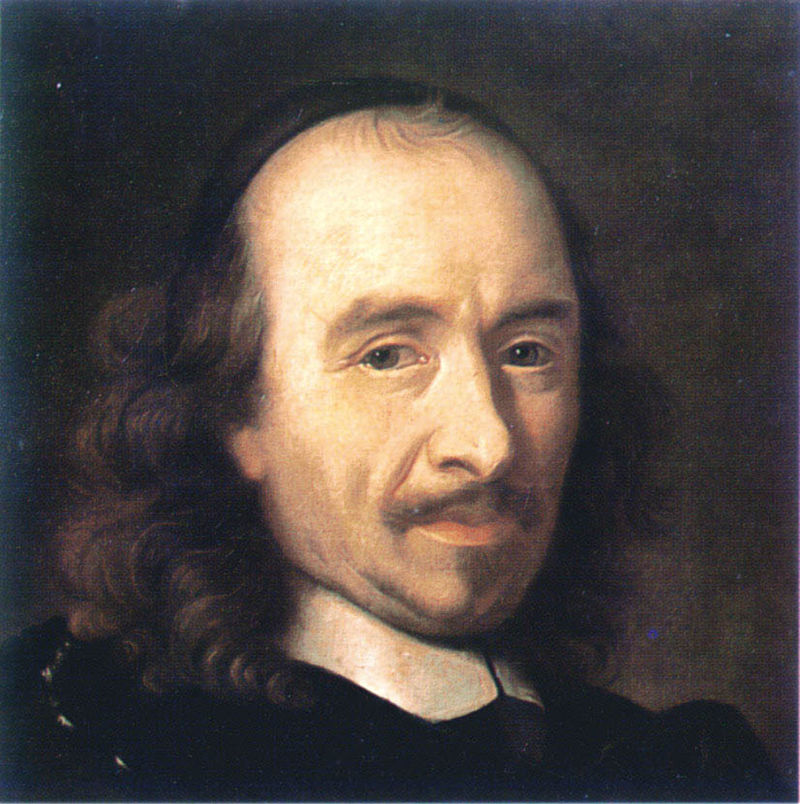
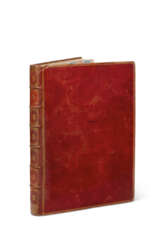

![[LIVRE DE FÊTES]](/assets/image/picture_3566967/3f1ad/e9d0794c6ec1ba831b8b757e89c237401700607600jpg__fix_374_244.jpeg)
![[LIVRE DE FÊTES]](https://veryimportantlot.com/assets/image/picture_3566967/3f1ad/e9d0794c6ec1ba831b8b757e89c237401700607600jpg__fix_374_244.jpeg)
![[ÉLIZABETH I, IMPÉRATRICE DE RUSSIE (1709-1761)]](/assets/image/picture_3601167/e4473/p5wns8y8w1wbu3dnrgqdcbs8o1h84zdtomuz67fdywriwpaxmfkkwwklmncwuts1700197817jpg__fix_374_244.jpeg)
![[ÉLIZABETH I, IMPÉRATRICE DE RUSSIE (1709-1761)]](https://veryimportantlot.com/assets/image/picture_3601167/e4473/p5wns8y8w1wbu3dnrgqdcbs8o1h84zdtomuz67fdywriwpaxmfkkwwklmncwuts1700197817jpg__fix_374_244.jpeg)


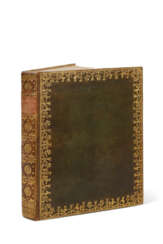

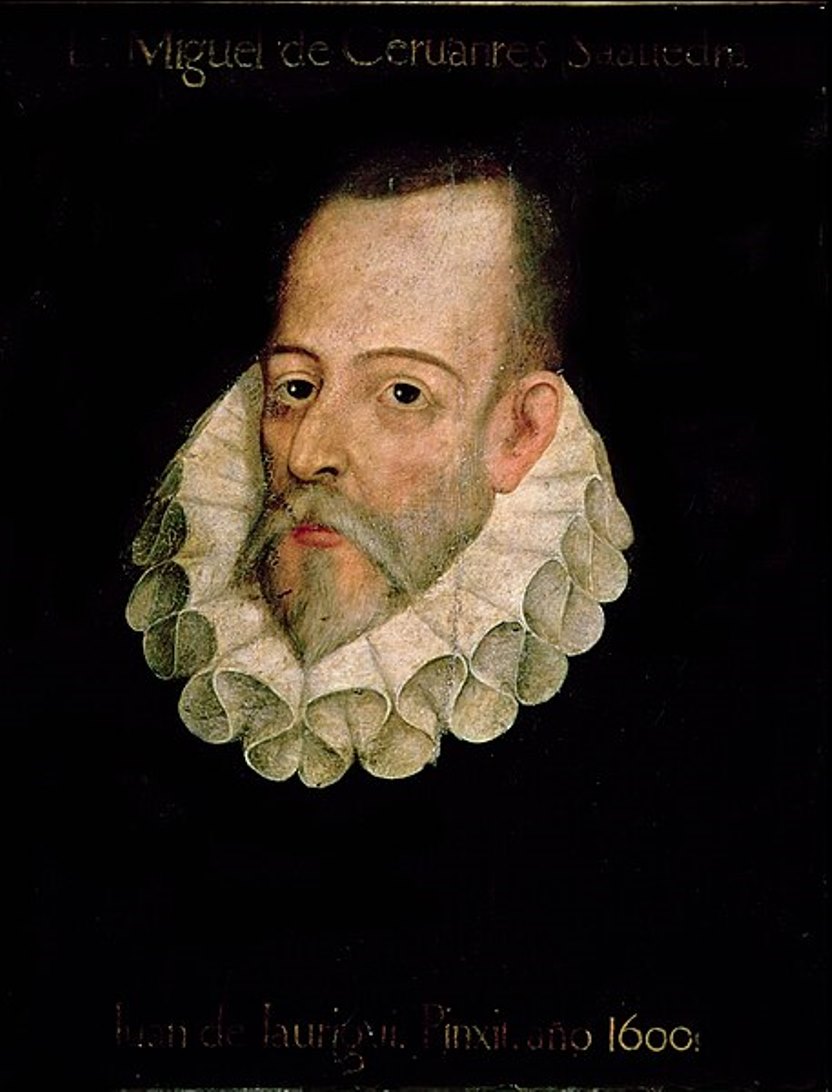
![[ALMANACHS]](/assets/image/picture_3566699/9f09a/9d5c035cb42e9be84cbe661b3a243d971700607600jpg__fix_374_244.jpeg)
![[ALMANACHS]](https://veryimportantlot.com/assets/image/picture_3566699/9f09a/9d5c035cb42e9be84cbe661b3a243d971700607600jpg__fix_374_244.jpeg)


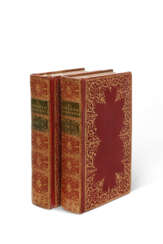

![[WOOD, Robert (1717-1771)]](/assets/image/picture_3601267/45bd0/rfjqkx5kngdiim0crlknqxb1fizpk0oakns5kvyd2klxebm2bruyp5tkw-lgtw1700203897jpg__fix_374_244.jpeg)
![[WOOD, Robert (1717-1771)]](https://veryimportantlot.com/assets/image/picture_3601267/45bd0/rfjqkx5kngdiim0crlknqxb1fizpk0oakns5kvyd2klxebm2bruyp5tkw-lgtw1700203897jpg__fix_374_244.jpeg)
![[WOOD, Robert (1717-1771)]](/assets/image/picture_3601270/5b011/j5qtgey8plicnjtgiurr4t8ksqfppkrc-ngti4voqa6j3w8wgetpm2ccoag-8oxp1700203906jpg__fix_374_244.jpeg)
![[WOOD, Robert (1717-1771)]](https://veryimportantlot.com/assets/image/picture_3601270/5b011/j5qtgey8plicnjtgiurr4t8ksqfppkrc-ngti4voqa6j3w8wgetpm2ccoag-8oxp1700203906jpg__fix_374_244.jpeg)